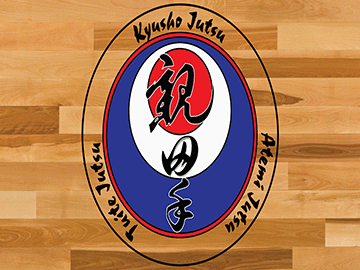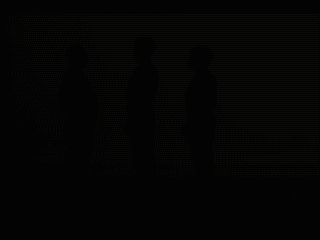Three Core Disciplines of OyataTe
OyataTe is a Life Protection Art Association that descended from the teachings of Taika Seiyu Oyata. He did not call his art a 'Martial Art' as he believed what he taught was not about war, but saving the lives of yourself, family and friends. The group has descended from the original Kansas City Shihan Dai that trained at Taika's home and dojo. The Shihan Dai was established many years prior to Taika's death while training directly with him, and our chief goal has been to continue the teachings and research that Taika dedicated his life to. We stay true to the teachings and philosophies of Taika Seiyu Oyata, continuing to carry the torch as he gave it to us.
All-Three Arts Work Together


Atemi Jutsu
In Okinawan martial arts, Atemi (当て身) designate strikes and other actions to the body designed to stun, or more accurately, pause the opponent. Taika Seiyu Oyata's definition states that these actions are meant to make the opponent pause long enough to allow an opening for the other two sub-arts; Tuite and Kyusho. The overall concept is to stun the opponent for just long enough to enable you to finish the encounter with other techniques such as Tuite or Kyusho. Atemi can be delivered by any part of your body to any part of the opponents body. Contact is not always necessary as can be seen when a feint to the eyes or groin takes place.
Often you hear people state that techniques trained by various practitioners around the world are unrealistic because the opponent will not leave their arm out, straight after a punch or other similar ideas. Often these snippets are taken out of the context of training; learning principles and technique before applying real time. Taika believed that Atemi was how you made the opponent do things like leave their arm out straight after a punch. This sub art within Oyata's system is often overlooked and yet it is extremely important in making the other sub arts work in a realistic encounter.
There is No Magic
Only Science

Tuite Jutsu
Tuite ( 取 手 ) is the art of Joint Manipulation and an integral part of OyataTe.
Students begin by learning the Six Basic Principles of Tuite from their first lesson.
As they progress, they apply these Six Basic Principles to a set of various hand positions. After a basic understanding has developed, they progress gradually to intermediate and advanced topics including Ground Tuite and PINS.
This is a difficult sub-art of OyataTe, and each member is trained on a case by case basis.
Students learn various techniques from Pushes and Grabs, as well as how to migrate to Tuite from Punches and Kicks.
At this school we stress the completion of the techniques. It is important not to neglect what happens once you take an opponent to the ground. Students learn to take their partners carefully/controlled to the ground and weigh their options from that point.


Kyusho Jutsu
Kyusho (急所術) is an art within OyataTe that focuses on affecting vital areas and body weaknesses. Taika's meaning of Kyusho differs from many others in that he translated Kyusho as Vital Strikes of Weak Points, not necessarily specific nerves. He did not believe in applying Traditional Chinese Medicine to this practice as he said it clouded and elongated the path of the student. He did not subscribe to 'magic' in his training but took a more scientific approach. All of Taika's kyusho was based on physics, mathematics, geometry, et cetera. The weak points when properly struck can incapacitate the person, or portions of the person such as the arms or legs. The points may also aid another technique such as a Tuite technique, with no additional pain added. The sub art can be used as an end to a confrontation, or as a setup for other techniques such as Tuite jutsu. To Taika, the word Vital meant that these strikes were vital to the completion of the encounter, not necessarily vital nerves. The most vital and usually the first part of Taika's Kyusho attacks was to the vital stability of the opponent, their balance.
Techniques are taught carefully, starting from a controlled position and the foundation of these skills are taught from the first lessons of class. Pads are used for safety. Techniques are then shown from various ground "pin" positions and eventually the student migrates to the more realistic standing and fighting postures.
